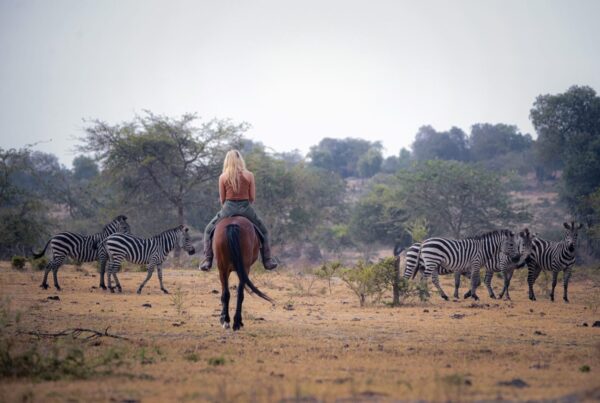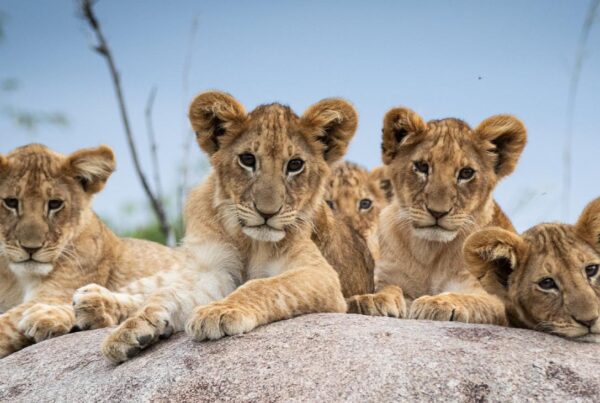The Weather and Climate in Uganda
Unveiling the Skies of the Pearl of Africa
A Country Where the Sun Warms and the Rains Renew
In the very heart of Africa lies a land where the sun shines generously and the rains fall rhythmically to nourish a landscape of surreal beauty. Uganda, affectionately known as the “Pearl of Africa,” owes much of its natural richness and biodiversity to its stable, tropical climate. Here, the weather is not an obstacle but a co-creator of life—shaping ecosystems, guiding migration patterns, and sustaining both wildlife and human culture. For travelers, understanding the climate in Uganda is essential, not just for packing the right gear, but for unlocking a deeper appreciation of the land and its rhythms.
What distinguishes Uganda from many of its East African neighbors is its remarkable climatic moderation. Unlike the sweltering deserts of the north or the temperamental coastlines of the east, Uganda offers consistently warm days, cool nights, and a refreshing seasonal balance. This equatorial country does not suffer from extreme heat or bitter cold. Instead, it thrives in a zone of natural harmony where altitude, topography, and rainfall combine to create one of the most hospitable climates in all of Africa.
Understanding Uganda’s Tropical Climate
Uganda’s location astride the equator would suggest a hot and humid environment year-round. However, the reality is far more nuanced. The country’s elevation, with much of the land lying between 1,000 to 2,400 meters above sea level, moderates the climate significantly. This altitude, especially in the southwest and central regions, keeps temperatures pleasantly mild while still allowing for vibrant seasonal changes.
Average daytime temperatures typically range from 25°C to 29°C (77°F to 84°F) in lower altitudes, such as the shores of Lake Victoria, while the highland areas around Kabale, Fort Portal, and the Rwenzori Mountains can be cooler, particularly at night. In these regions, night temperatures can dip to around 10°C (50°F), especially during the dry months. Such variation gives Uganda a range of microclimates that cater to everything from dense rainforests to open savannahs, from alpine meadows to papyrus swamps.
The Two Rainy Seasons: Life’s Rhythmic Pulse
Rainfall in Uganda follows a predictable and vital cycle, which splits the year into two main wet seasons and two dry periods. The primary rainy seasons occur from March to May and again from October to November. During these months, showers tend to be brief but intense, often occurring in the afternoon or evening, and typically followed by periods of clear skies.
These rains play a crucial ecological role. They reinvigorate the landscape, replenish rivers and wetlands, and trigger migratory movements and breeding behaviors in both wildlife and birds. Forests become denser and more vibrant, with the undergrowth teeming with new life. For farmers, the rains mark planting and harvesting seasons, anchoring rural livelihoods to natural rhythms passed down through generations.
While the rains can make some roads in remote areas more difficult to navigate, they rarely disrupt travel entirely. For those who embrace nature’s unpredictability, these months offer lush scenery, fewer tourists, and the chance to witness Uganda in its most fertile and dramatic form.
The Dry Seasons: Golden Light and Clear Skies
The dry months from June to September and December to February are generally considered the most favorable times for travel. During these periods, the skies remain predominantly clear, the air is dry and fresh, and the trails in national parks are more accessible. These months are especially ideal for gorilla and chimpanzee trekking, as the forest floors are less slippery, and the visibility within the thick vegetation improves greatly.
In the savannah parks such as Queen Elizabeth, Murchison Falls, and Kidepo Valley, the dry season concentrates wildlife around permanent water sources, dramatically increasing the chances of successful sightings during game drives. The grass is shorter, and the dustier environment adds a golden filter to the landscape, enhancing the cinematic quality of sunrise and sunset experiences.
Temperatures during these months remain moderate, making outdoor activities comfortable and long days of exploration enjoyable. This is also the peak season for international tourism, especially between June and August and again in December, as many travelers escape the winter months of the Northern Hemisphere to bask in Uganda’s inviting climate.
Regional Climate Variation: A Country of Contrasts
While Uganda may be small in size, it holds within its borders a surprising range of climatic zones, each shaped by altitude, vegetation, and geographic features. Along the northern frontier, particularly in Kidepo Valley, the climate is semi-arid, receiving less rainfall than the rest of the country and experiencing hotter conditions, especially in the dry season. This gives the region its rugged, sun-drenched appeal, ideal for those seeking a rawer, less manicured safari experience.
In contrast, the southwestern highlands around Bwindi, Mgahinga, and the Virunga range tend to receive heavy rainfall throughout the year due to their altitude and dense forest cover. Trekking here is possible year-round, but the most comfortable conditions are still found during the drier months. The Lake Victoria basin, including Entebbe and Kampala, maintains a humid climate with occasional showers throughout the year, largely influenced by the massive lake’s microclimate.
Moving westward into the Rwenzori Mountains, visitors enter a montane climate zone where temperatures plummet with elevation and permanent glaciers crown the highest peaks. Climbing expeditions here require preparation for cold, wet conditions regardless of season. In the Albertine Rift, with its chain of lakes and forests, misty mornings and steady humidity are the norm, creating an otherworldly atmosphere rich in flora and fauna.
How Uganda’s Climate Shapes Its Wildlife Encounters
The diversity of Uganda’s climate directly influences the abundance and visibility of wildlife. In the dry seasons, herbivores and predators alike become more active and visible, drawn to shrinking water sources. This leads to exceptional game viewing opportunities. Meanwhile, the wet seasons trigger births, migrations, and dramatic behavioral shifts that reveal the intimate workings of nature. For bird enthusiasts, the wet months are the most rewarding, bringing both resident breeding activity and the arrival of migratory species from as far as Europe and Asia.
Each park and ecosystem responds uniquely to the seasons. Murchison Falls becomes a sanctuary for waterbirds and basking crocodiles. Queen Elizabeth’s Kazinga Channel buzzes with hippos and fishing raptors. Bwindi’s gorilla families remain in their forest territories year-round, but the ease of access and viewing improves with drier conditions. Understanding these patterns helps travelers align their interests with the optimal times for wildlife experiences.
Packing for Uganda’s Weather: Preparedness is Key
Because of the generally pleasant temperatures and varied climates, packing for Uganda requires a flexible wardrobe. Light clothing for the day, layers for cooler nights, and rain gear for sudden downpours are all essentials. Sturdy footwear, especially for forest trekking, becomes invaluable, particularly during or shortly after the rainy season. Sun protection is important year-round, and insect repellent is advised, especially in wetter regions where mosquitoes are more prevalent.
Regardless of the time of year, a well-prepared traveler will find Uganda welcoming and comfortably navigable. The weather rarely presents a barrier to discovery; rather, it adds texture, color, and richness to every journey.
A Climate That Invites, A Land That Transforms
Uganda’s weather and climate do not simply accommodate travel—they enhance it. The gentle warmth, the cleansing rains, the misty mornings and sunlit plains all serve to create a sensory environment that is both rejuvenating and inspiring. Whether one arrives in the freshness of June, the lushness of April, or the golden glow of January, Uganda always opens its arms in welcome.
This is not a land of extremes, but of balance. A country where nature is still given space to thrive, and where the seasons still follow ancient rhythms that feed the land, the animals, and the soul of the people. Understanding Uganda’s climate is not just a matter of planning; it is an invitation to tune into the living heartbeat of the wild.
Travel with the Experts: Choose WildHorn Africa
For those who dream of immersing themselves in Uganda’s natural wonders, timing is important—but so is expert guidance. WildHorn Africa offers travelers not just a trip, but a well-orchestrated experience, aligned with the climate, tailored to your interests, and grounded in sustainability.
Whether it’s the dry-season thrill of gorilla tracking or the green-season beauty of bird migration, WildHorn Africa ensures that your safari is seamless, informed, and unforgettable. With local expertise, ethical practices, and a passion for Uganda’s beauty, WildHorn Africa is your gateway to a journey shaped by weather, wildlife, and wonder.
Book your African safari with WildHorn Africa, and let the skies of Uganda guide you into the adventure of a lifetime—season after season, memory after memory.





 WildHorn Africa – Authentic and unforgettable tours across Africa, guided by local experts who know the land, wildlife, and culture best.
WildHorn Africa – Authentic and unforgettable tours across Africa, guided by local experts who know the land, wildlife, and culture best.


